
Hand Signals in Volleyball Pe
Brush with the palm of one hand the fingers of the other; held vertically; USAV: Brush fingers of opposite hand once over palm of vertical hand. Cover the wrist with a yellow card (warning) and with a red card (penalty). Lines: Point down with flag. Lines: Raise flag vertically. Lines: Raise flag and touch the top with the palm of the free hand.

OFFICIAL HAND SIGNALS OF VOLLEYBALL YouTube
1. Illegal Alignment/ Improper Server 2. Line Violation 3. Illegal Hit 4. Delay of Service 5. Over-the-Net 6. Net Foul or Net Serve 7. Legal Back Row Attack 8. Illegal Attack of Serve/ Back Row Attack 9. Illegal Blocking or Screening 10. Ball Touched 11. Four Hits 12. Double Hit 13. Ball Lands In 14. Out of Bounds/ Antenna Violation

Volleyball ref signals Work Pinterest Volleyball, Referee and Volleyball drills
Using Hand Signals For Defense. Setting is an essential skill in volleyball - just like a conductor leading their orchestra, the setter must direct their team to victory. With hand signals, they can guide their teammates through various plays and strategies for success. Adjusting your signals based on opponent strategies is key to winning.
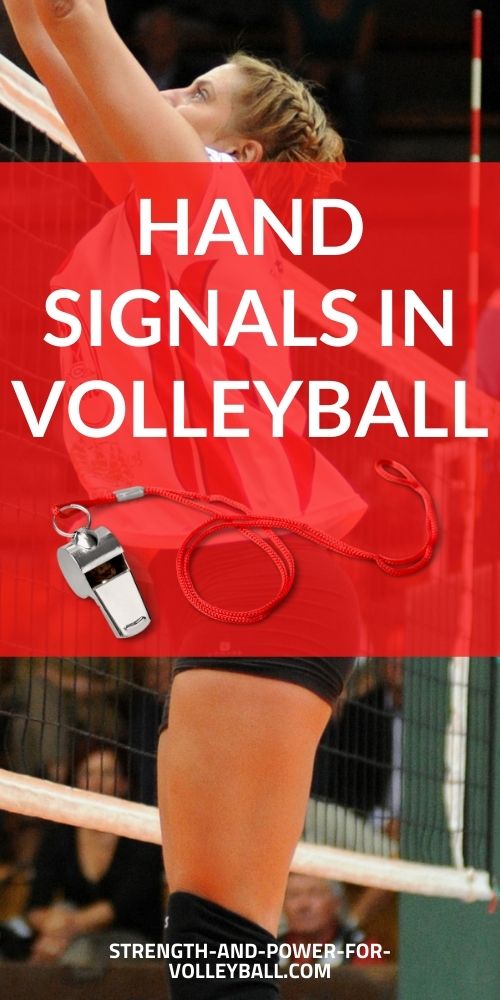
Volleyball Hand Signals
Volleyball setter hand signals are used by the setter to "run a play" with a series of slow or fast sets. While fast sets are lower to the net, slow sets are higher sets pushed 8 - 10 feet well above the top of the net. Each player on offense will get a hand signal as to the type of set they will get.

Volleyball Hand Signals Vertical Poster Volleyball Coach Etsy
Volleyball Hand Signals. When it comes to volleyball hand signals, there are specific gestures used to communicate different attack strategies. For left side attacks, hand signals such as the 'A-Ball' or '52' indicate a set for the outside hitter behind the 3-meter line.. Right side attacks, on the other hand, can be signaled with a hand forming a 'C,' representing a high set on.

Volleyball referee signals westact
Volleyball hand signals can be broadly categorized into three main types: serve receive signals, offensive signals, and defensive signals. Each type of signal serves a specific purpose and helps players coordinate their actions accordingly. Let's delve into each category to gain a deeper understanding. Serve Receive Signals
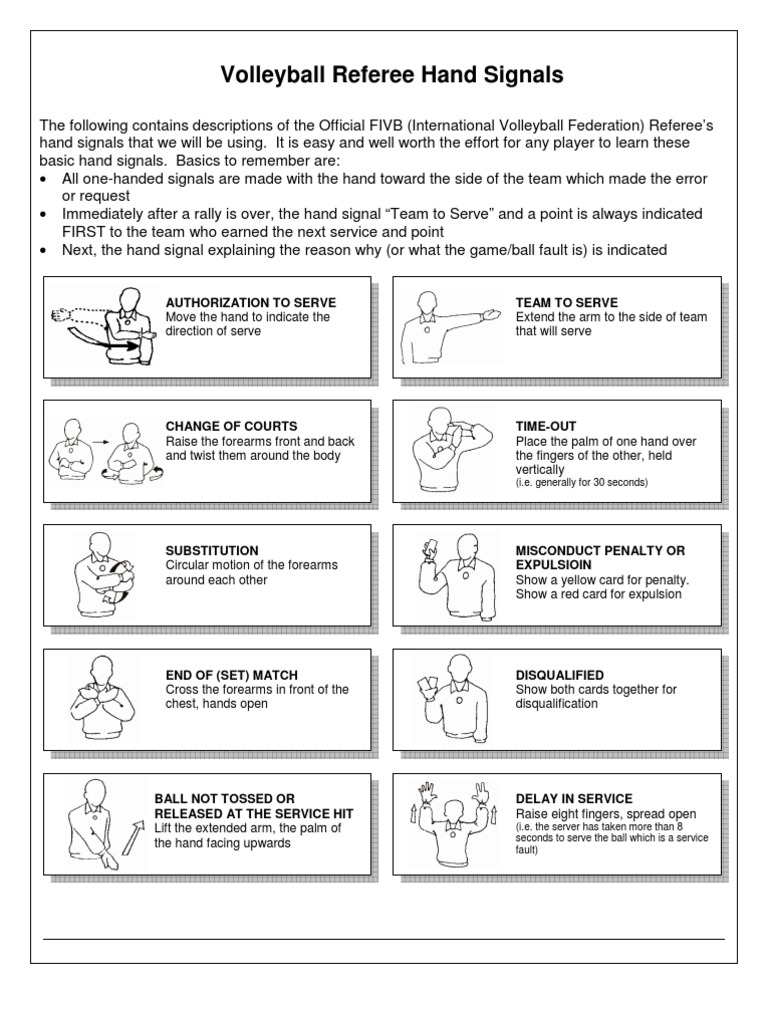
Volleyball Referee Hand Signals
1. The setter can hide her hand signal behind a players back so the opposing teams blockers can't see what she is calling 2. In noisy gyms its impossible for the setter to talk to her hitters that may be in the back row or on the opposite side of the court. If she uses hand signals then they can run their offensive play without saying a word.

Volleyball Officials Hand Signals TmDbt4 Clipart Kid
This video was all about the hand signals of VOLLEYBALL#handsignalsforvolleyball#volleyball
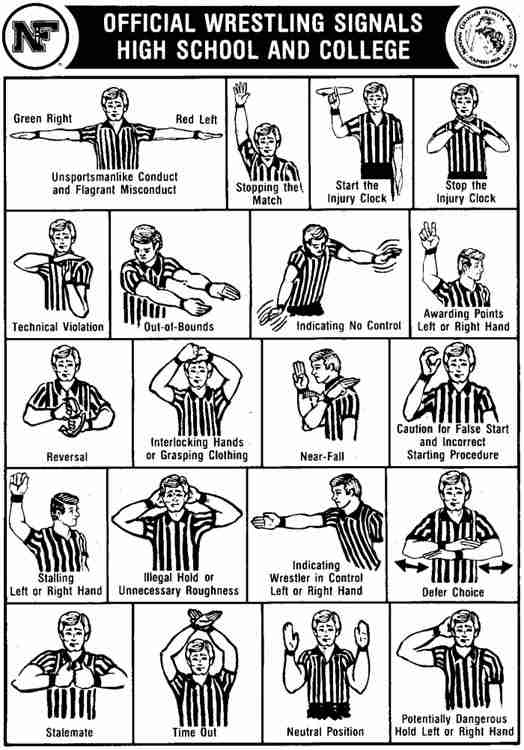
Volleyball referee signals mainphilly
The official signal for indicating the team to serve in volleyball combines 2 separate hand gestures: Pointing: The first referee extends their arm and shows directly at the player about to serve. This helps identify which team has possession and is responsible for initiating the rally.

Pin on [Reference] Code / Hand Signals
Save 2 Volleyball referees use a variety of hand signals to communicate with players and coaches on the court. Knowing what these signals mean can help you comply with the rules and avoid costly penalties. This blog post will take a closer look at some of the most common referee signals in volleyball.

Volleyball Official Hand Signals Volley Choices
Each different type of set has a different hand signal which is used to quickly and inconspicuously let players know what's going on. In this article we'll run through each of the most common hand signals used by setters as well as an example of what that play looks like.

Volleyball Referee Hand Signals YouTube
Hand signals are crucial for communication and coordination on the volleyball court. Offensive hand signals strategically communicate plays and coordinate attacks, maximizing scoring opportunities. Defensive hand signals help anticipate and respond to opponent's attacks, ensuring proper positioning and readiness to defend. Setting hand signals.
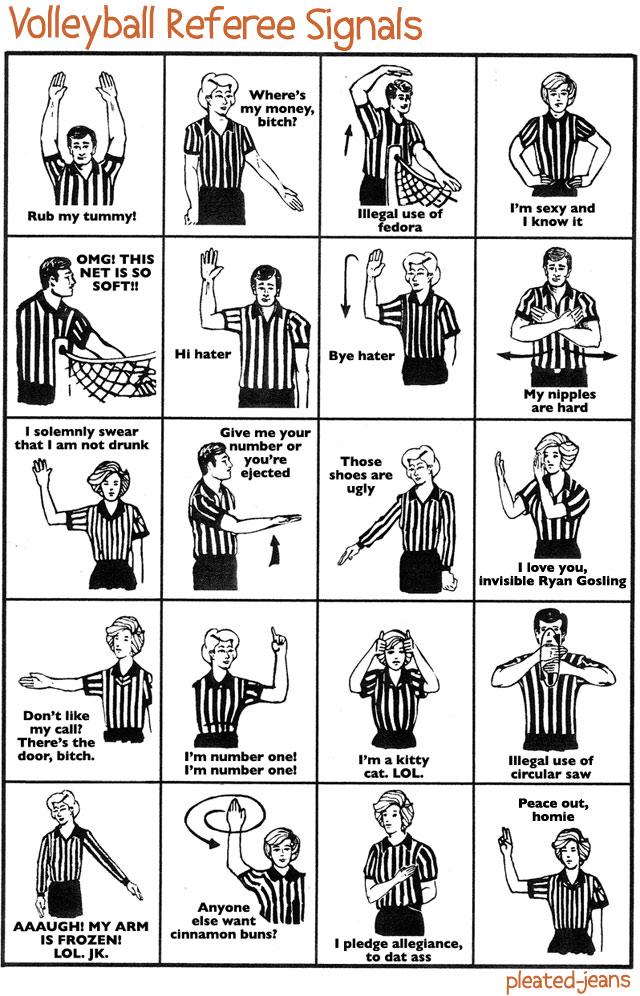
Volleyball Referee Signals
In the world of volleyball, hand signals are crucial for effective communication between teammates, and understanding what "2 fingers" means in volleyball can greatly enhance your gameplay. This comprehensive blog post will delve into various aspects of volleyball that involve finger positioning and hand signals to help you become a better.

20142015 NFHS Volleyball Signals for Referee (R1) produced by ZONI YouTube
This comprehensive guide will delve into various aspects related to volleyball setter hand signals. You'll learn about different types of sets and attacks, such as back row quick attack (BIC), shoot or "41" set, and back A set. We will also discuss combination plays in advanced volleyball strategy involving coordinated offensive moves.

Kids sports volleyball terms and definitions
Hand signals play a vital role in improving communication between setters and hitters, allowing them to execute plays efficiently and effectively. By using hand signals, setters can communicate the type of set they intend to make, enabling hitters to adjust their approach and timing accordingly.
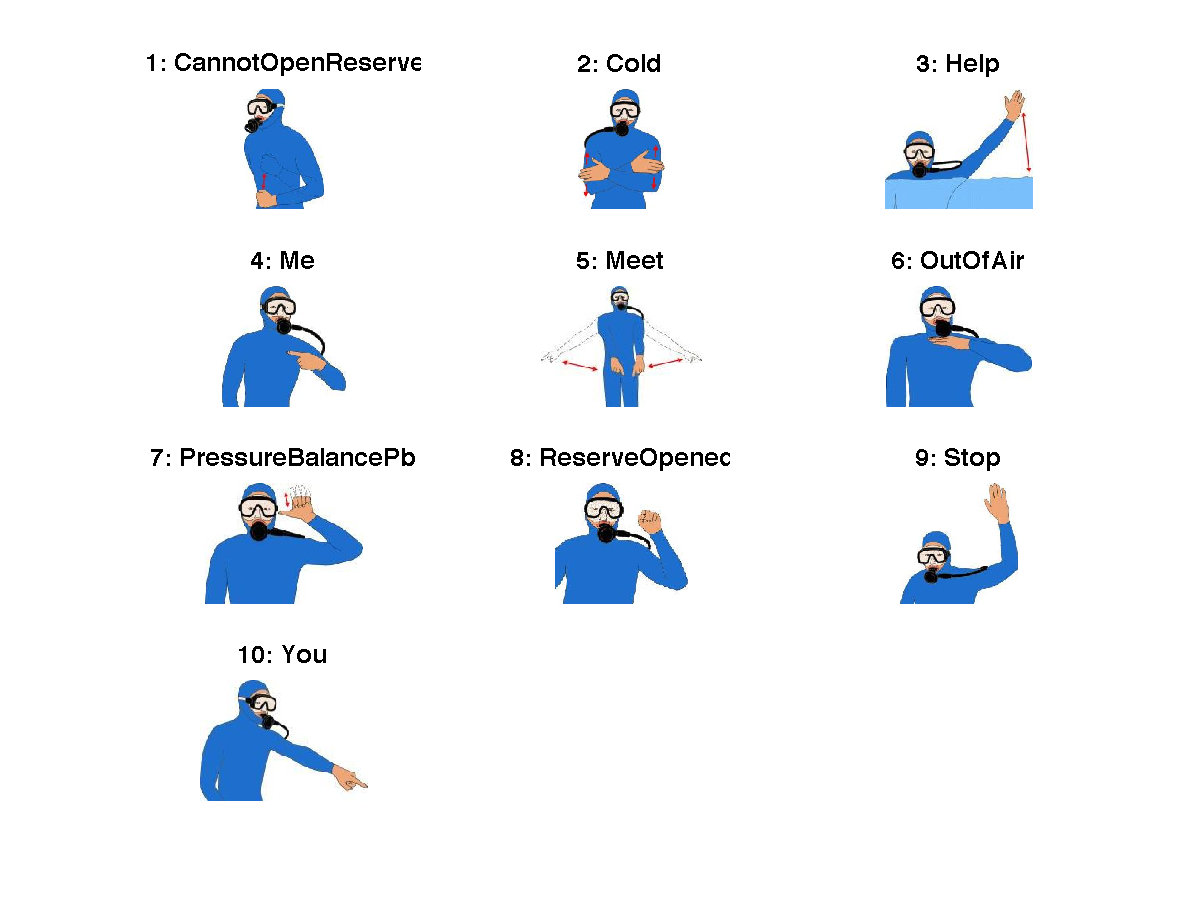
volleyball hand signals philippin news collections
Hand signals represent various sets and attacks for each position on the court. Signals for left side, back row, right side, and middle blocker plays differ in purpose and execution. Combination plays involve unique and coordinated attacks, signified by specific hand signals.